Most BAS schedules are not programmed for skeleton occupancy – they tend to be set for schools full of students or completely empty. A BAS strategy for low occupancy can result in significant cost savings.


Most BAS schedules are not programmed for skeleton occupancy – they tend to be set for schools full of students or completely empty. A BAS strategy for low occupancy can result in significant cost savings.

Canadian K-12 schools are typically occupied in the cooler months, but the start and finish of school years can bring warm and humid weather. As the heat of summer extends into the first few months of the school year, optimize your facilities to create a cool environment without a large spike in energy consumption.
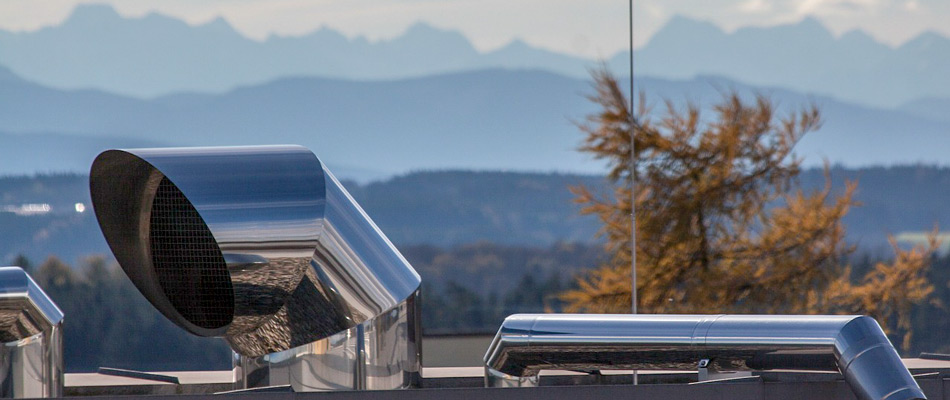
Carbon dioxide in indoor air is unavoidable. But adequate ventilation and following the standards for carbon dioxide concentration can improve indoor air quality in school facilities.
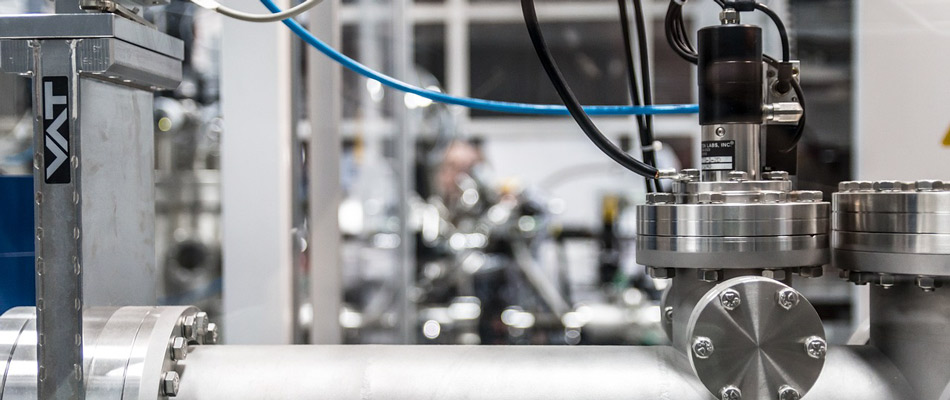
Variable frequency drives (VFDs) are one upgrade we regularly implement to improve energy efficiency in schools.
By controlling the electricity going into a motor, VFDs turn any motor into a variable speed motor. This has the biggest benefit for single-speed motors, but VFDs can also save energy for dual or multi-speed motors.
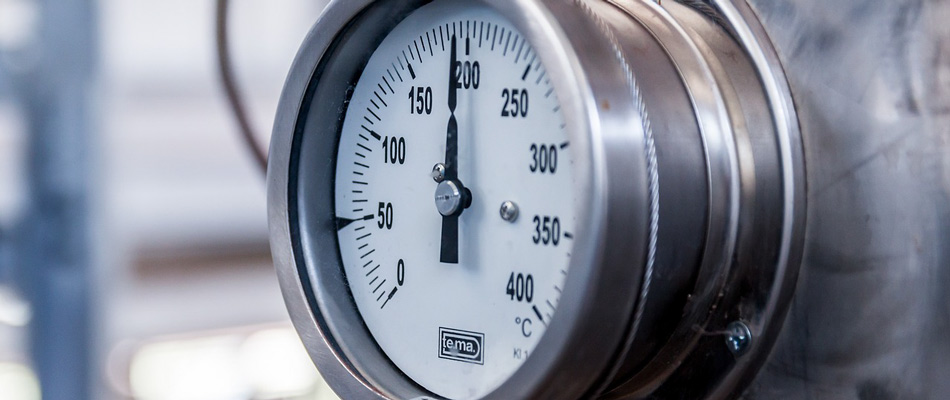
Optimizing your condensing boilers in your school or institutional facilities will save energy, money and maintenance time. In fact, ongoing optimization and maintenance can improve the efficiency of condensing boilers to upwards of 98%. Tips to improve the performance of your boilers.

The shimmering solar panels on Elphinstone Secondary in Gibsons, BC offer more than just a source of hot water. They are an example of sustainable infrastructure that students can look at everyday.
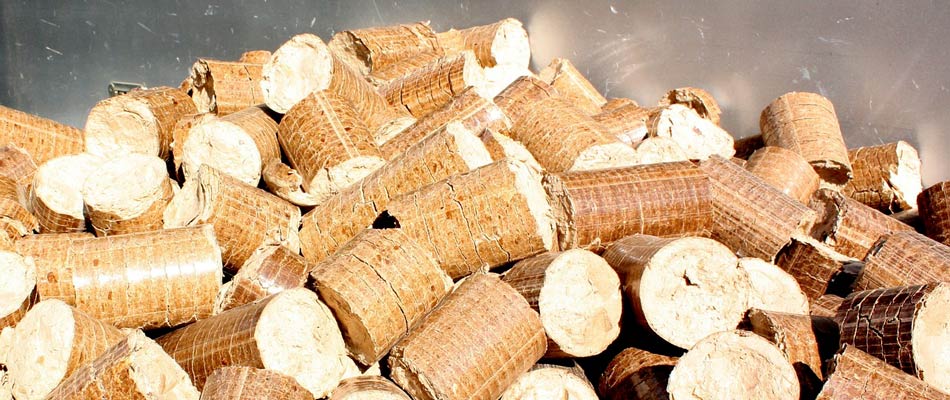
Download a free Biomass Best Practices checklist to get started with biomass in your organization Caroline Reid is the Energy Manager for the Interior Health Authority in British Columbia and a Senior Energy Engineer for Rede Energy Solutions An age-old...
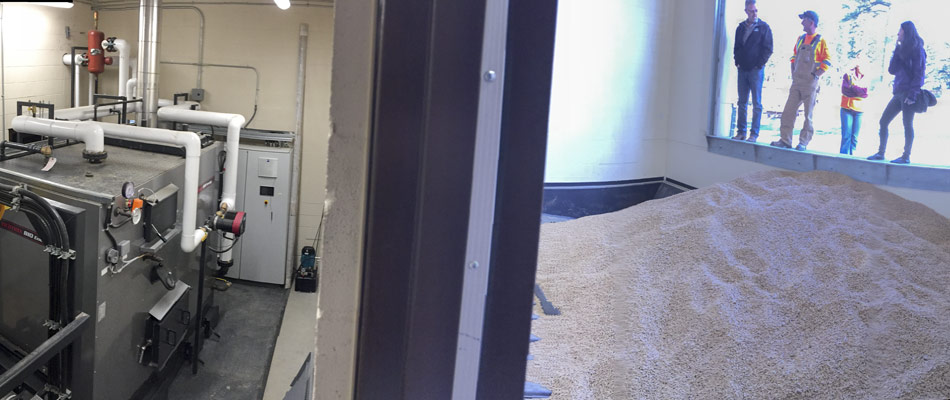
A new 400kW pellet boiler was installed at an elementary school in SD27 in BC, creating heat for the school and two neighbouring facilities. The fuel switching project resulted in energy savings and the new biomass boiler is 95% carbon neutral.
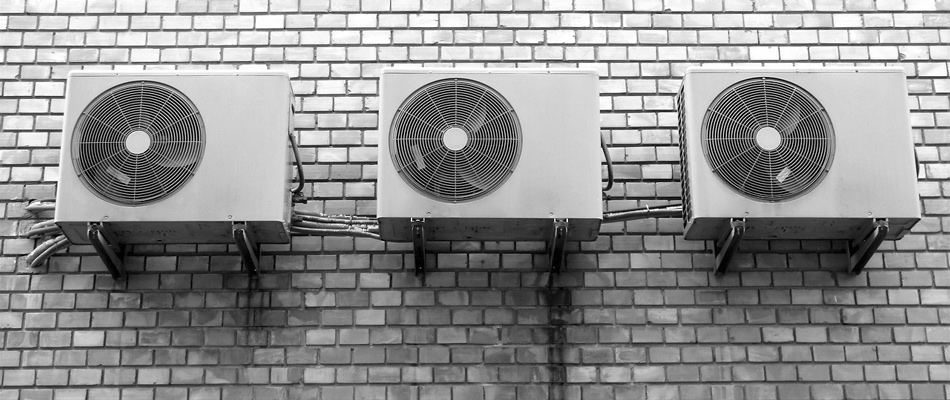
Lessons for school energy managers to improve comfort for students and staff using energy data analysis. Reduce energy costs while making indoor air quality better. Monitor and optimize laboratory ventilation systems, including fume hoods and the room’s negative pressure.

A school district in British Columbia eliminated the need for natural gas for heating in an elementary school by installing a ground source heat pump on the property. Using a noteworthy arrangement between the district and the energy supplier, this large-scale project was able to meet the district’s financial needs and create drastic improvements in efficiency.
Save energy. Save money.
Get the latest news on energy management in rural schools in Canada.
[gravityform id=”4″ title=”false” description=”false” ajax=”true”]